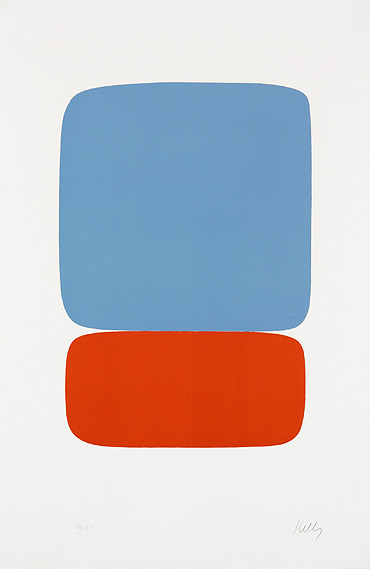When did it begin? How did it begin? When did it end?
Most would say that the Modern Art Movement began with Manet’s Luncheon on the Grass (1862) and ended in the 1970s with the emergence of Post-Modern philosophies. There is a thought, however, that it has not ended. This would suppose that Post-Modernism is actually the end of the Modernism or the thought that Modernism is reemerging (with movements such as revisited/revised/re-imagined Modernism).
What are the main principles associated with the Modern Art Movement?
Modernists are often drawn to some form of abstraction in order to attempt to reach a pure form or an essential ideal. There is a firm purist of a type of perfection, or utopian emotion, feeling, or sense.
Who are the main artists/critics associated with it and what is the aesthetic character of Modern Art?
THE critic most associated with the Modern Art Movement is Clement Greenburg. There are many artists. Some include: Jackson Pollack, Donald Judd, Elsworth Kelly, Pablo Picasso, Marc Chagall, Edouard Manet, Edgar Degas, Claude Monet, Vincent van Gogh, Paul Gauguin, Gustav Klimt, Henri Matisse, Piet Mondrrian, Henry Moore, David Smith, to name only a few. There were so many well-known artists associated with this category that it is exhausting to list them all.

Ellsworth Kelly, Blue Over Orange (IX.18. Blue over Orange), USA, 1964-65, lithograph on Rives BFK paper, 35 h x 23.5 w inches

Jackson Pollock. Autumn Rhythm(Number 30), 1950 Oil on canvas, 8' 9" x 17' 3"(266.7 x 525.8 cm). The Metropolitan Museum of Art, New York.

Édouard Manet (French, 1832-1883), Luncheon on the Grass (Le Déjeuner sur l'herbe), 1863, oil on canvas, 81 x 101 cm, Musée d'Orsay.

PABLO PICASSO: “Les demoiselles d'Avignon”, 1907 - oil on canvas, 243,9 - 233,7 cm. - New York, Museum of Modern Art (MOMA)
Donald Judd, "untitled", 1976. Dia Art Foundation; gift of the Brown Foundation, Photo Bill Jacobson.

Click on Images for full size pics (all are links to websites where I found 'em)
ReplyDeleteKeith: "common ideology" helps define a movement
ReplyDelete"art for arts sake"
ReplyDeleteLynn Anne: "breaking away from tradition"
ReplyDeleteEmily: "sense of an overthrow of what had come before"
Tenants (ideals) of the Enlightenment:
ReplyDeletefraternity
liberty
equality
these are Western constructs (as David points out)
purity, center of an origin (Paris), progress (avant garde), rationality (symbolized in the square or grid), universal (utopia, change the world with art - seen in architecture esp.), etc.
ReplyDelete